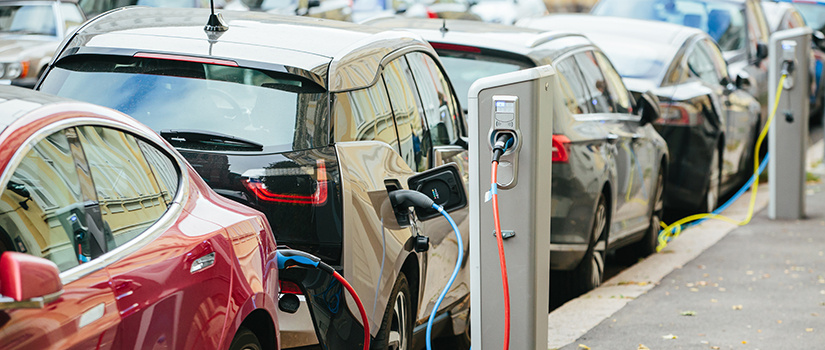Advancements still needed to make electric cars affordable
The recent commitment from General Motors to an all-electric future came at a precarious time in the vehicle industry. The transition of the vehicles from internal combustion engines to electric engines is a long time coming, but development is far from over.
Electric vehicles, or EVs, have long been seen as a viable eco-friendly alternative to traditional cars that require gasoline. However, as with all new technologies, development is still needed to make affordable EVs a reality.
One of the biggest obstacles in the path to affordable EVs, at least in the United States, is the existing electricity infrastructure. In the short term, the grid would be able to handle additional demand from electric cars. However, in the long term, transformers will likely not be able to handle the increased demand of charging electric cars on top of power demands from homes. Even in non-emergency situations, the current power grid technology could not accommodate the extra strain from peak power consumption times.
UofSC chemical engineering professor William Mustain has extensively worked with Ford Motor Company to tackle some of the issues surrounding EV usage, including improving batteries.
“When we all get home from school and work between 4 and 7 o'clock at night, what do we do? We turn on lights, we turn on the oven, and energy consumption across the nation rises at that time, and we actually already have to turn on extra power plants,” Mustain says. “If everybody then, at the exact same time, plugged in their car, the problem would significantly increase.”
Emergencies, such as ice storms or hurricanes, could also cause panic and lead to an increase in car charging, which could put undue strain on the grid during times of increased demand.
“In the Texas ice storm, if a lot of people had electric cars, and if cars were configured so that power can flow either way between the car and the house, instead of having a backup generator, people might just connect their car to their house and keep the lights and television and everything running,” says UofSC electrical engineering professor Roger Dougal. “But if all the car batteries run down during an extended outage, adding the recharging load to the demand on an already-overloaded grid would crash the grid.”
One of the biggest reasons EVs are increasing in popularity is their eco-friendly reputation. In reality, EVs are not presently as carbon neutral as they might seem. Today, electricity to charge the cars still requires the same fossil fuel burning as internal combustion engines – though this can change in the future as more cheap renewable energy comes online.
Herbert Ginn, a professor of electrical engineering at UofSC, is working on research with the U.S. Navy on high-power semiconductors and manipulating large-scale energy sources. This technology, on a smaller scale, could be used to regulate renewable energy and make it feasible to use in EVs.
“Even if you have an electric vehicle, if it’s powered with electricity from a coal-burning power plant, you haven't really done much to help the environment,” Ginn says. “You're just shifting the fossil fuel burning from the local car engine to a giant power plant somewhere where you don't see it.”
Another hurdle facing EVs is range. Supercapacitors, a type of energy storage device, are not sophisticated enough to allow EVs to travel great distances on just one charge.
“Say you're leaving on a 900-mile trip. You already might be able to drive the EV 350 miles, like you get out of a full tank of gas on a conventional car, right?” Ginn says. “You have to stop and refuel it, so you refuel your gasoline car in two minutes and you're on your way. Do you want to sit there and charge your EV for an hour for that next leg of the trip?”
However, despite obstacles, pushes from manufacturers and the government are making affordable EVs a closer reality. President Biden recently announced an economic relief package, which includes almost $1 trillion for infrastructure overhaul- including updating the electrical grid and installing more electrical vehicle charging stations. $174 billion of this plan will be used to push Americans to make the switch to electric vehicles.
EV technology will continue to develop, and at this point it’s anyone’s game for who can develop the first long-range, affordable, and eco-friendly electric car.
“The technology for the power electronics needs to be pretty well developed. It's another thing that can come down in price with improvements in quality and manufacturing numbers, but that's not the big holdup in everybody having an electric car; it’s the cost of the battery,” Dougal says. “But inevitably, electric cars will be here.”
